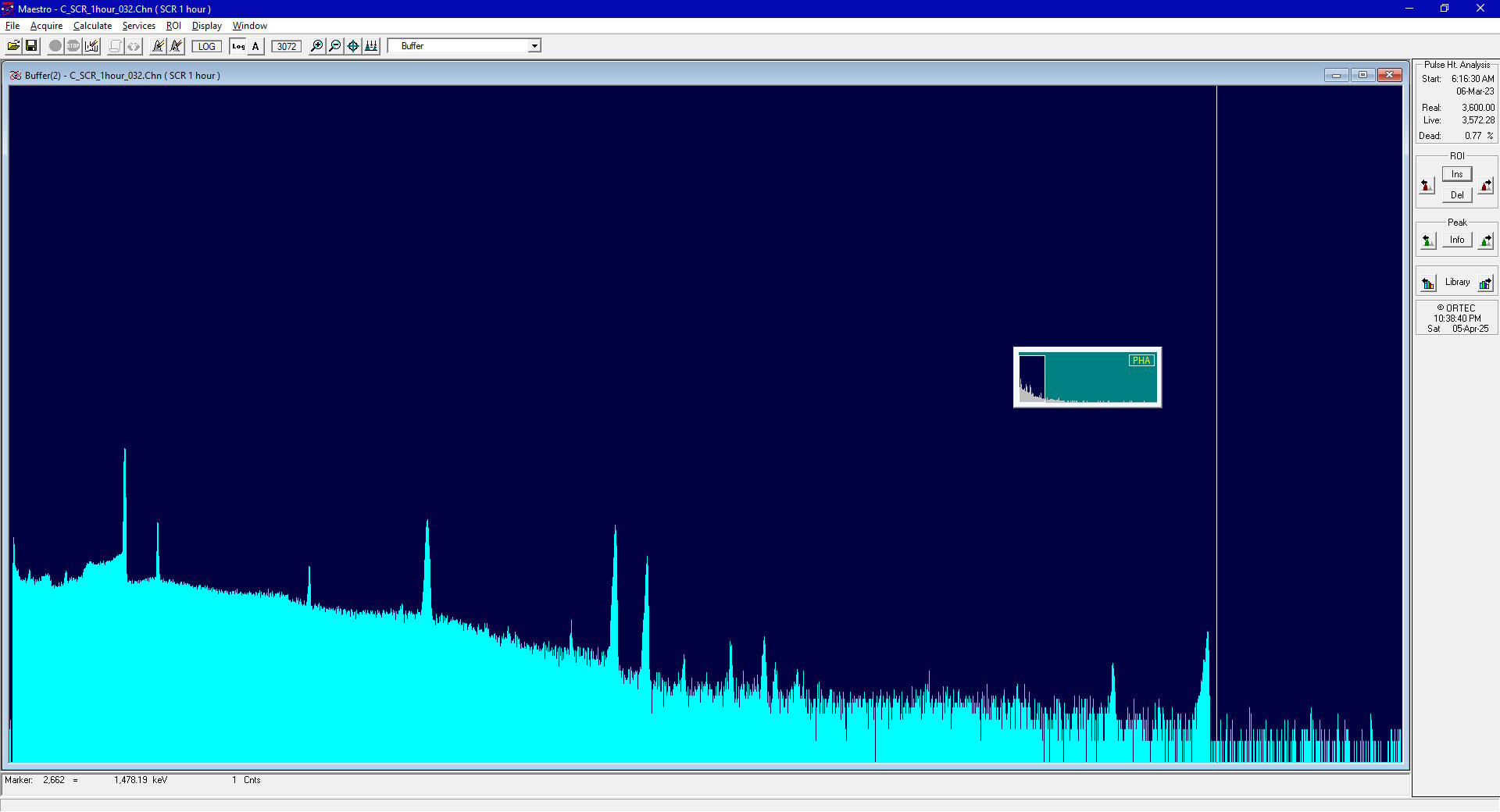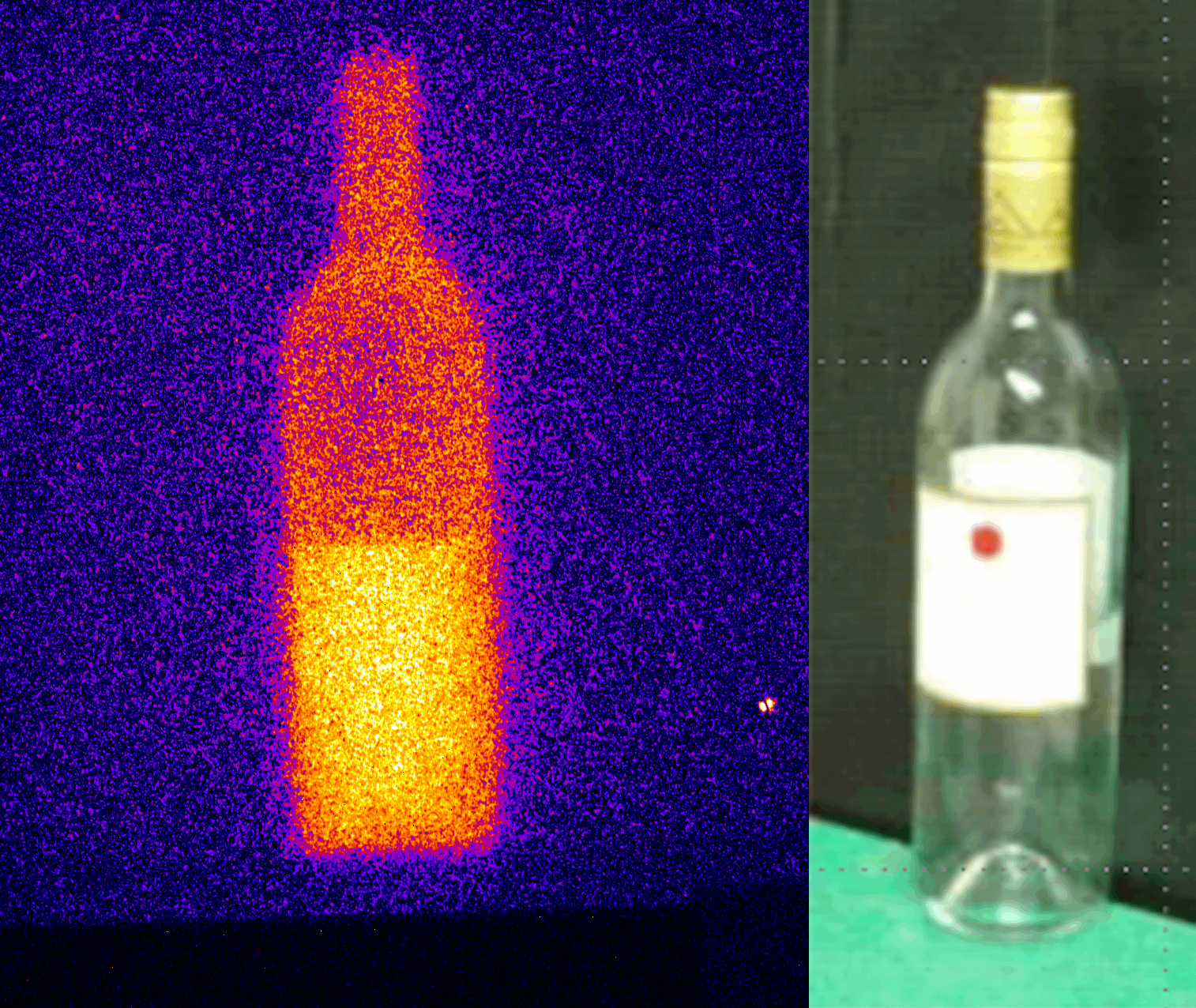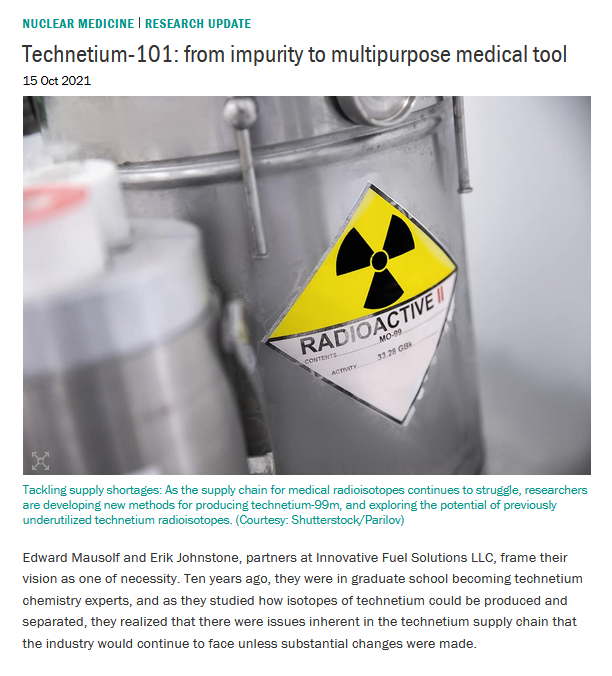Some applications for neutron generators
Adelphi Technology’s neutron generators are used by customers in a range of applications. Some of these applications are described below. We would be happy to discuss your particular neutron generator application.
- University/Government Laboratory Research
- Dark Matter Research
- Medical isotope production
- Nuclear decommissioning
- Radiation Damage Testing (for electronics)
- Nuclear Fusion Research
- Inspection/Non Destructive Testing
- Boron Neutron Capture Therapy
- Security
- Many others...
University/Government Laboratory Research
Generators have been sold to Universities and government laboratories across the world for researching new applications, including medical diagnosis applications, where tissues or patients are irradiated with neutrons and the characteristic gamma-ray spectra emitted can provide useful elemental composition information. This could include the measurement of carbon in soil, the measurement or iron in blood and the measurement of poisonous heavy metals in people. Some researchers use the generators for measuring nuclear materials or for performing neutron imaging experiments. Some universities use our generators as teaching tools where students can irradiate materials and measure prompt and delayed gamma spectra (PGNAA, Prompt Gamma Neutron Activation Analysis and DGNAA, Delayed Gamma Neutron Activation Analysis). Other research groups have used our generators for imaging defects or measuring the composition of unknown materials. Adelphi Technology has collaborated with a number of universities, and has investigated neutron optics. This includes an investigation of the quantum-nature of neutron spin.We performed a Stern-Gerlach experiment on neutrons.
Cremer, J. T., D. L. Williams, M. J. Fuller, C. K. Gary, M. A. Piestrup, R. H. Pantell, J. Feinstein et al. "Periodic magnetic field as a polarized and focusing thermal neutron spectrometer and monochromator." Review of Scientific Instruments 81, no. 1 (2010).
A novel periodic magnetic field (PMF) optic is shown to act as a prism, lens, and polarizer for neutrons and particles with a magnetic dipole moment. The PMF has a two-dimensional field in the axial direction of neutron propagation. The PMF alternating magnetic field polarity provides strong gradients that cause separation of neutrons by wavelength axially and by spin state transversely. The spin-up neutrons exit the PMF with their magnetic spins aligned parallel to the PMF magnetic field, and are deflected upward and line focus at a fixed vertical height, proportional to the PMF period, at a downstream focal distance that increases with neutron energy. The PMF has no attenuation by absorption or scatter, as with material prisms or crystal monochromators. Embodiments of the PMF include neutron spectrometer or monochromator, and applications include neutron small angle scattering, crystallography, residual stress analysis, cross section measurements, and reflectometry. Presented are theory, experimental results, computer simulation, applications of the PMF, and comparison of its performance to Stern–Gerlach gradient devices and compound material and magnetic refractive prisms.
https://pmc.ncbi.nlm.nih.gov/articles/PMC2852448/pdf/RSINAK-000081-013902_1.pdf
Dark Matter Research
Another application for neutron generators is in the search for dark matter. Adelphi's neutron generators are used in dark matter research. The generators can be used for detector calibration since neutrons interact with their detectors (located in former mines deep underground to avoid the effects of cosmic rays) in ways similar to the interactions expected for dark matter. This has enabled the lower limits for the detection of dark matter to be determined, with the world's best limit on the spin-independent cross-section of the WIMP (a leading candidate for dark matter) being set by the LUX-ZEPLIN (LZ) Collaboration twice. The LZ Detector, which was calibrated using an Adelphi DD109 generator, is sensitive to WIMPs with masses between 9 to 10000 GeV/c^2, and currently holds the strongest spin-independent limit at 2.1x10-48 cm2 at the 90% confidence level at a mass of 36 GeV/c2 [source: https://arxiv.org/abs/2410.17036]. The world's lowest energy nuclear recoil calibration of liquid xenon (the favored detector material for these searches) to date measured the light and charge yields of this material down to 0.45 keV and 0.27 keV respectively, and was performed by Brown University and the Large Underground Xenon collaboration using the LUX Detector and an Adelphi DD108 generator [source: https://arxiv.org/abs/2210.05859, https://journals.aps.org/prl/abstract/10.1103/PhysRevLett.134.061002].
Medical isotope production
Adelphi has either sold generators to, or has performed research for customers that have
interest
in
medical isotope production. One example is Technetium-99m which is used as a radioactive
tracer
for
medical imaging. Technetium-99m is a daughter product of Molybdenum-99 and has a short
half-life
of
just
6 hours. Currently these isotopes are made in reactors or “hot-cells” and then shipped to
the
user,
but
the short half-life means that there are transportation losses, so production close to
point-of-use
could reduce these transportation losses and costs. These isotopes are used in single-photon
emission
computed tomography (SPECT) scans.
A key aspect of this research is the chemical extraction of the isotopes. One group
performed
proof-of-principle measurements at Adelphi: their work is detailed in this paper:
Presented are the results of 99mTc and 101Tc production via neutron irradiation of
natural isotopic molybdenum (Mo) with epithermal/resonance neutrons. Neutrons were
produced using a deuterium-deuterium (D-D) neutron generator with an output of 2 ×
1010
n/s. The separation of Tc from an irradiated source of bulk, low-specific activity (LSA)
Mo on activated carbon (AC) was demonstrated. The yields of 99mTc and 101Tc, together
with their potential use in medical single-photon emission computed tomography (SPECT)
procedures, have been evaluated from the perspective of commercial production, with a
patient dose consisting of 740 MBq (20 mCi) of 99mTc. The number of neutron generators
to meet the annual 40,000,000 world-wide procedures is estimated for each imaging
modality: 99mTc versus 101Tc, D-D versus deuterium-tritium (D-T) neutron generator
system outputs, and whether or not natural molybdenum or enriched targets are used for
production. The financial implications for neutron generator production of these
isotopes is also presented. The use of 101Tc as a diagnostic, therapeutic, and/or
theranostic isotope for use in medical applications is proposed and compared to known
commercial nuclear diagnostic and therapeutic isotopes.
• Mausolf, Edward J., Erik V. Johnstone, Natalia Mayordomo, David L. Williams, Eugene
Yao Z.
Guan,
and
Charles K. Gary. "Fusion-based neutron generator production of Tc-99m and Tc-101: a
prospective
avenue
to technetium theranostics." Pharmaceuticals 14, no. 9 (2021): 875.
Nuclear decommissioning
When decommissioning nuclear sites, it can be necessary to identify materials inside sealed containers. Neutron generators allow the ability to irradiate an unknown container (such as a drum) and then the characteristic gamma ray spectra (emitted either delayed or prompt) can be used to identify the contents of the container.
Radiation Damage Testing (for electronics)
Electronics for harsh environments such as flight/space may require testing in high neutron flux environments. Adelphi Technology has sold generators to customers who test electronics with D-D, D-T or Thermal neutrons. These generators typically run at high yield for extended periods in order to expose electronics to high doses of radiation. This Radiation Effects Testing typically measures the Total Ionizing Dose (TID) and can also involve measurement of Single Event Effects (SEE).
Nuclear Fusion Research
Adelphi’s neutron generators can be used for testing materials to be used in fusion research, and our customers who operate in this space also use the generators for testing of their equipment such as their own radiation safety systems.
Inspection/Non Destructive Testing
Some customers have explored the use of neutron generators for imaging infrastructure.
Boron Neutron Capture Therapy
Adelphi Technology has developed high yield generators for this important application, and has several patented inventions relating to maximizing the dose of neutrons within a patient.
Security
Neutron generators can be used in security. They can be used for imaging, neutrons have a different contrast ratio than x-rays, and typically are absorbed by low atomic-mass (“low-Z”) elements (such as hydrogen) and more readily pass through high-mass elements (such as lead). Neutrons have a different contrast ratio to x-rays, so used in combination with X-rays to detect concealed materials that might be hidden within cargo or mail and small parcels. Other approaches include Prompt Gamma Neutron Activation (PGNAA) and also the pulsed differential die-away analysis (DDAA) technique, which is also known as the differential die-away technique (DDT). This approach has been used for the detection of Special Nuclear Materials (SNM). Neutrons could be used for inspection and screening of baggage, shipping containers at borders, ports and docks, and can be used for screening for explosives on vehicles.
Other applications for Adelphi’s neutron generators
There are plenty of other applications for Adelphi’s neutron generators. We are happy to discuss exploring which generator products are best suited to a given application and we are also happy to tailor generators to your specific needs.


